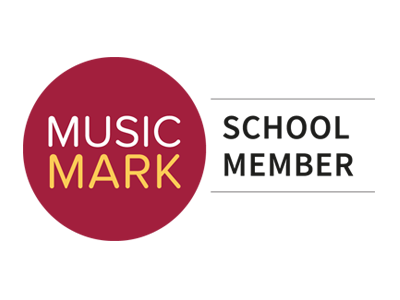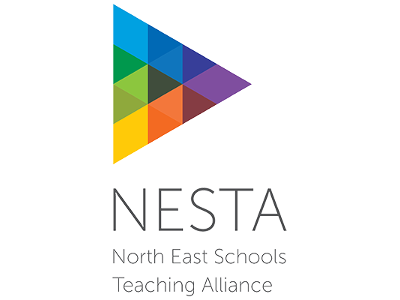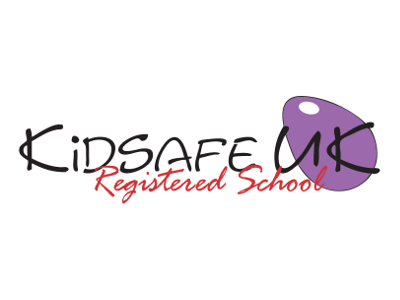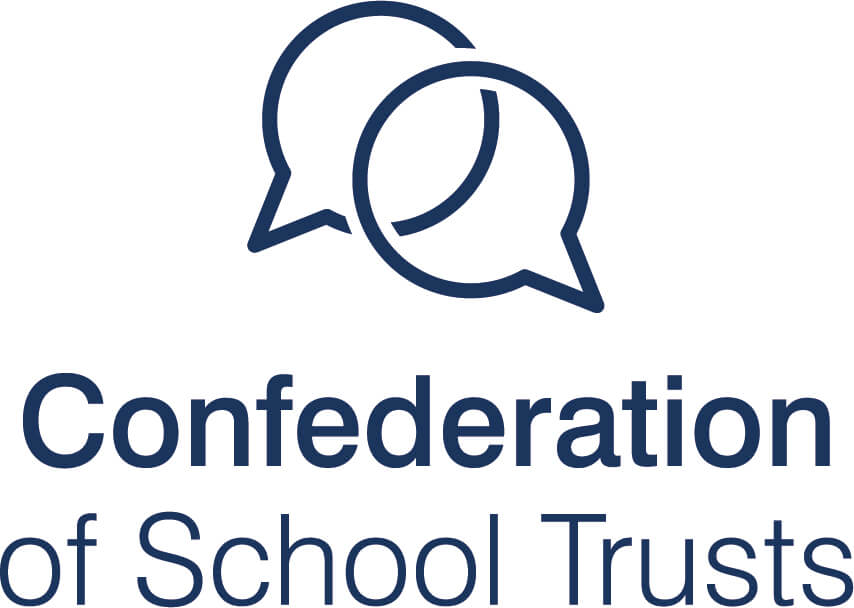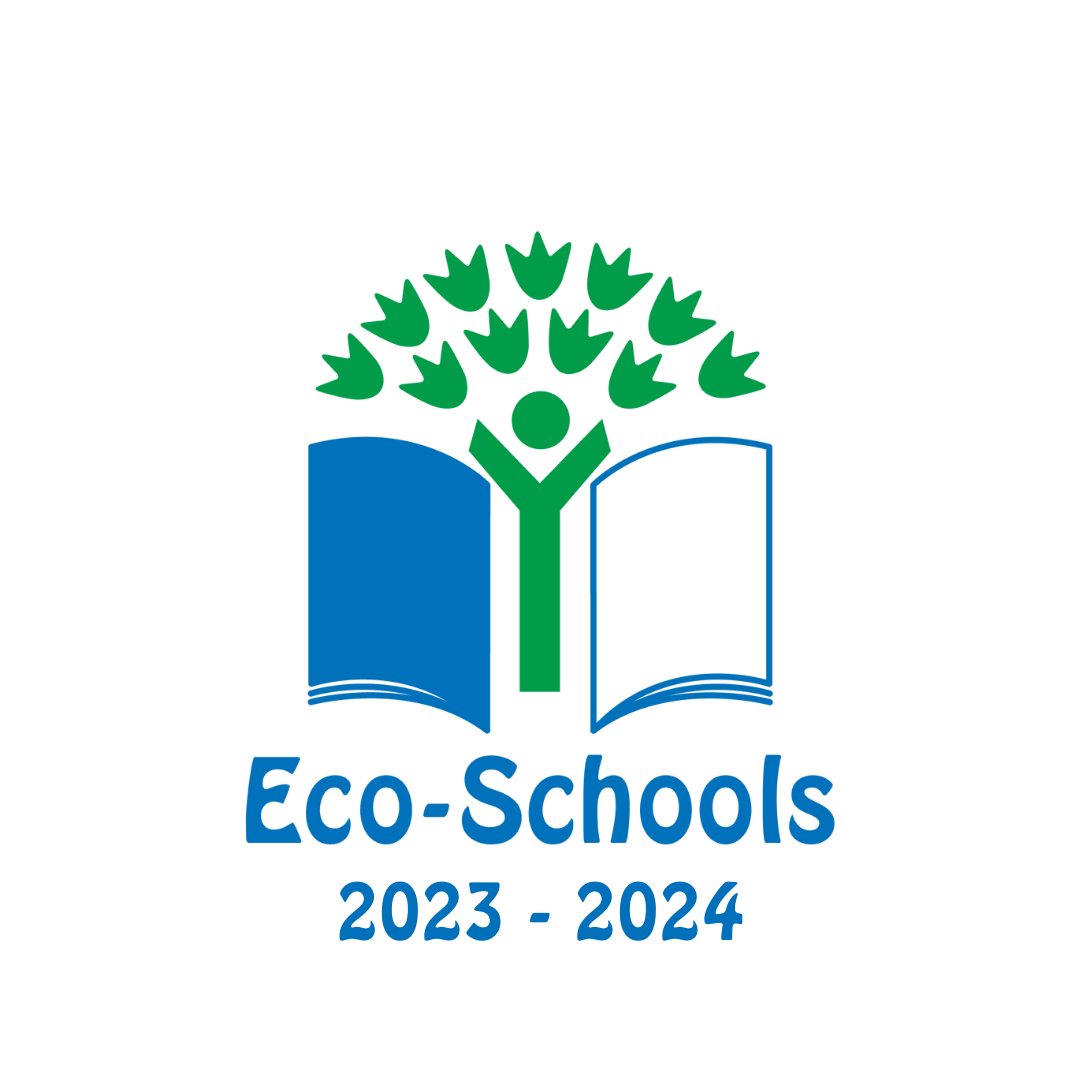Music – Year 4
Download
Download our Year 4 Music curriculum here.
Listening and understanding |
|---|
Elements of music |
Textiles |
|---|---|
| Pitch: distinguish between steps, leaps and repeats in melodies; major, minor and pentatonic scales.Duration: consolidate understanding of 2, 3, and 4 metre
Dynamics: consolidate understanding of, and identify, getting louder and quieter. Tempo: consolidate understanding of, and identify getting faster and slower Texture: identify the difference between solo, unison, harmony, layers and drone. Timbre: identify a wider range of non-percussion instruments by name; distinguish between different ways of playing percussion instruments. Structure: identify development of musical ideas – similar but not the same Applying understanding
Normanby University Grade 1(In addition to Year 3 objectives)
|
Examples in addition to KS1Styles
Purposes
Non-musical stimuli
|
Controlling |
|---|
|
CreatingUse acoustic sounds and ICT to… |
|---|
|
Responding and reviewing |
|---|
|
February 2014 Reviewed
SH, AD, GC, GA




